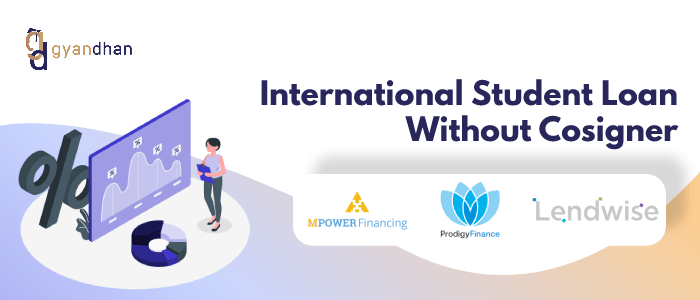- Interest Rates: Interest rates vary significantly among lenders. Some lenders offer competitive rates based on creditworthiness and loan amounts. For instance, a loan for a high-demand program might come with a slightly higher interest rate compared to a general-purpose loan. Lenders might offer introductory rates, fixed or variable rates, or tiered rates based on the amount borrowed.
- Repayment Terms: Repayment terms are crucial to consider. The length of the repayment period and the monthly installments significantly impact your budget. Some lenders provide flexible repayment options, allowing for longer terms or graduated payments, which can make the loan more manageable, especially for students with fluctuating income streams. For example, a student with a scholarship might opt for a longer repayment period.
- Fees: Be aware of potential fees associated with the loan. These might include application fees, origination fees, or prepayment penalties. Understanding these fees upfront helps you factor them into your overall loan costs. Make sure you thoroughly understand the fine print.
Benefits of Choosing a No-Cosigner Loan
Choosing a loan without a cosigner opens up a world of possibilities. This eliminates the need for a guarantor, which can be a significant advantage for students. The entire process can be streamlined, saving you time and effort.
- Simplified Application Process: No cosigner means a faster and smoother application process, eliminating the need for a cosigner’s involvement. This can be a huge time-saver.
- Increased Independence: A no-cosigner loan fosters greater financial independence. Students are more in control of their finances and academic pursuits.
- Improved Creditworthiness: Consistent and timely loan repayments contribute positively to building your credit history, which is essential for future financial endeavors.
Examples of Loan Amounts and Repayment Options
Different loan providers offer a range of loan amounts and repayment options. These options help students manage their finances effectively during and after their studies.
- Loan Amounts: Loan amounts vary based on individual needs and program requirements. For instance, a master’s degree program might require a higher loan amount than a bachelor’s degree program.
- Repayment Options: Some lenders offer flexible repayment options, such as graduated payments or deferred payment plans. These options allow for more manageable monthly installments, which can be beneficial for students with fluctuating income streams.
Comparison Table of Loan Providers
This table provides a quick overview of the key features of each loan provider, allowing you to compare and contrast their offerings.
| Loan Provider | Interest Rate (approx.) | Repayment Terms (Years) | Fees |
|---|---|---|---|
| Provider A | 7-9% | 5-10 | Application Fee: Rp 500,000 |
| Provider B | 8-10% | 6-12 | Origination Fee: 2% |
| Provider C | 9-11% | 5-10 | Late Payment Fee: Rp 100,000 |
| Provider D | 8-10% | 6-12 | Processing Fee: 1% |
| Provider E | 7-9% | 5-10 | No Prepayment Penalty |
Eligibility Criteria and Considerations
Woy, gengs! International education loans can be a game-changer for your study abroad dreams, but understanding the eligibility criteria is key. Knowing what each lender looks for can help you avoid any nasty surprises down the line. Let’s dive into the nitty-gritty!
International Student Requirements
Different loan providers have different standards for international students. This section breaks down what each lender typically looks for in a potential borrower. Understanding these requirements will help you tailor your application to increase your chances of approval.
- Academic Standing: Most lenders want to see a strong academic record. This usually involves maintaining a certain GPA, demonstrating past success in your studies, and potentially providing transcripts from your previous institutions. A high GPA is often a strong indicator of your ability to manage your studies and finances effectively.
- Financial Capacity: Lenders assess your financial situation to ensure you can manage the loan repayments. This may involve demonstrating your family’s financial situation or showing that you have other financial support, like scholarships or part-time job experience. Think about the total cost of your program and how your financial resources stack up.
- Program Details: The specific details of your chosen program are important. Lenders want to know if the program is reputable, the length of the program, and if it’s a full-time or part-time course. This shows that you’re serious about your education and career goals.
- Proof of Enrollment: You’ll need official documentation from the university or college confirming your acceptance and enrollment in the program. This demonstrates that you’re a legitimate student and have a place to study.
Factors Influencing Loan Approval
Several factors influence a loan provider’s decision to approve your application. These factors go beyond just your grades.
